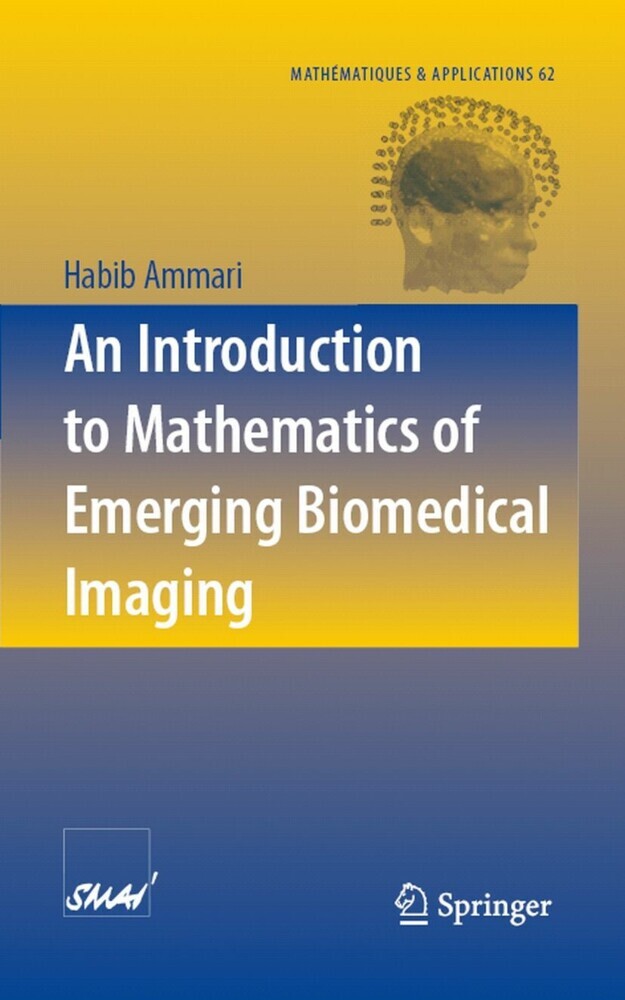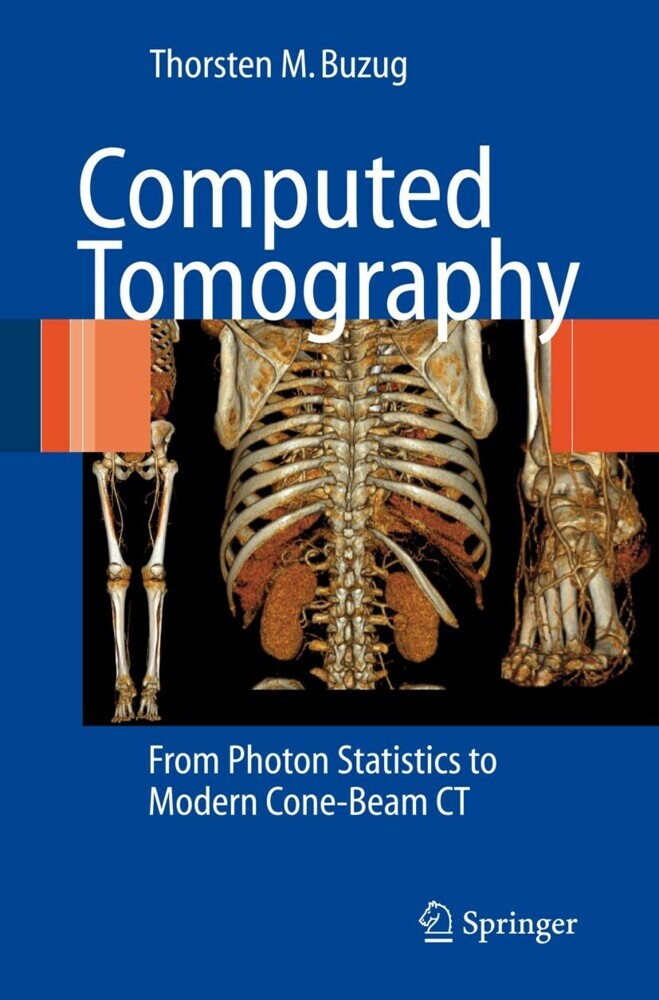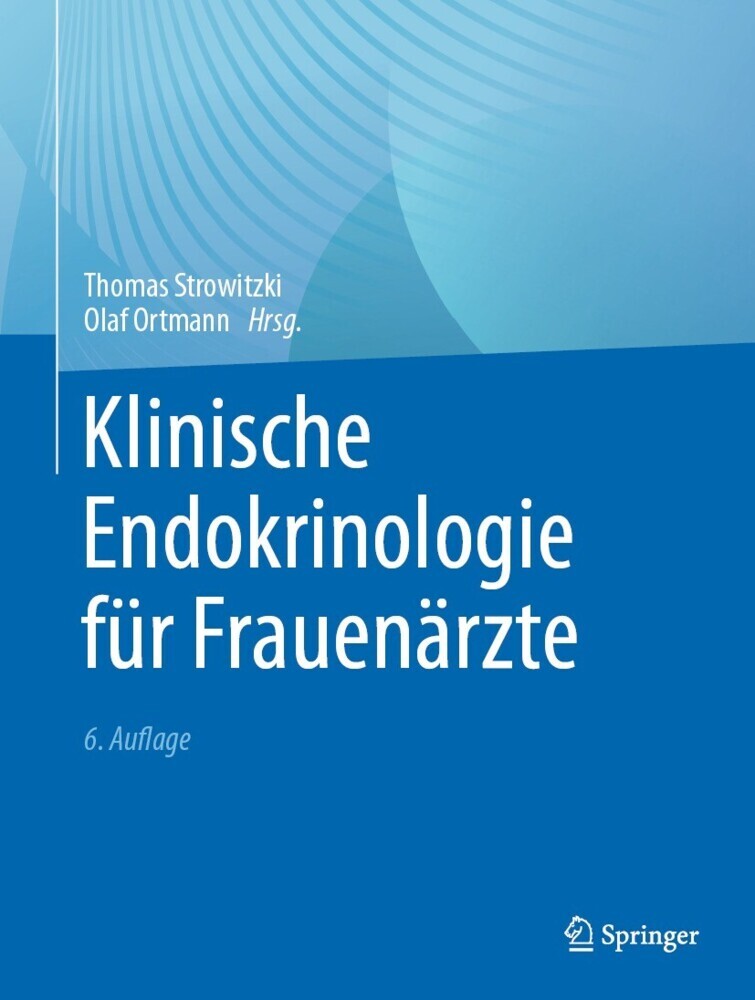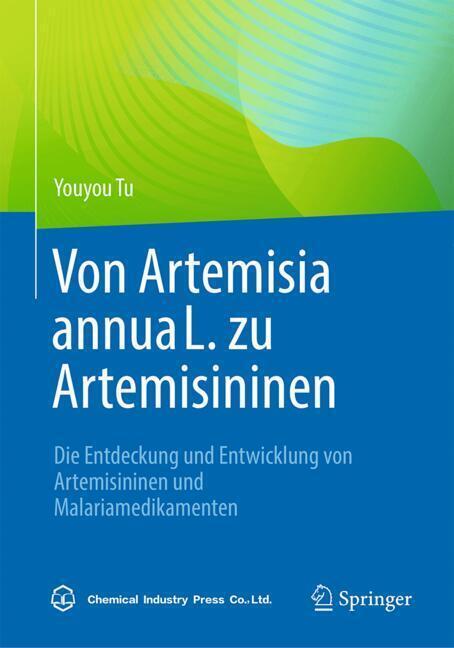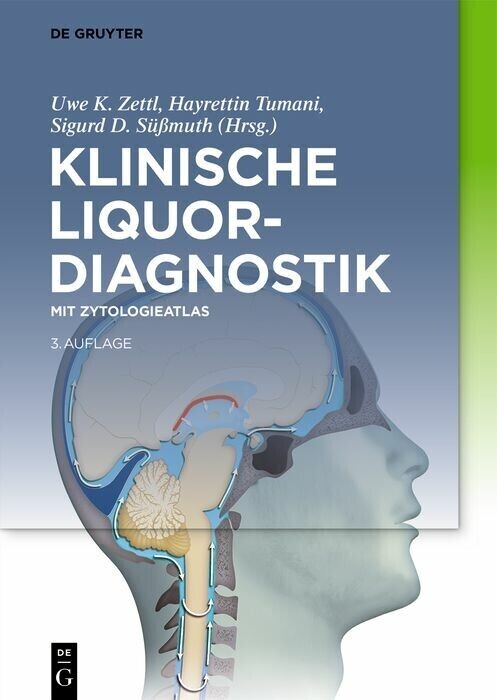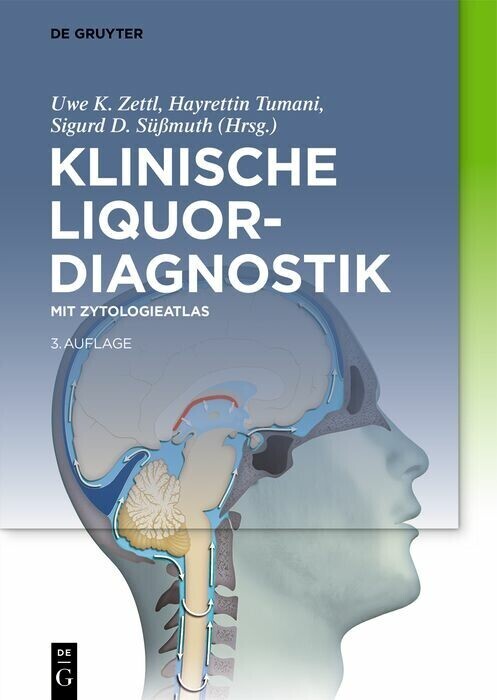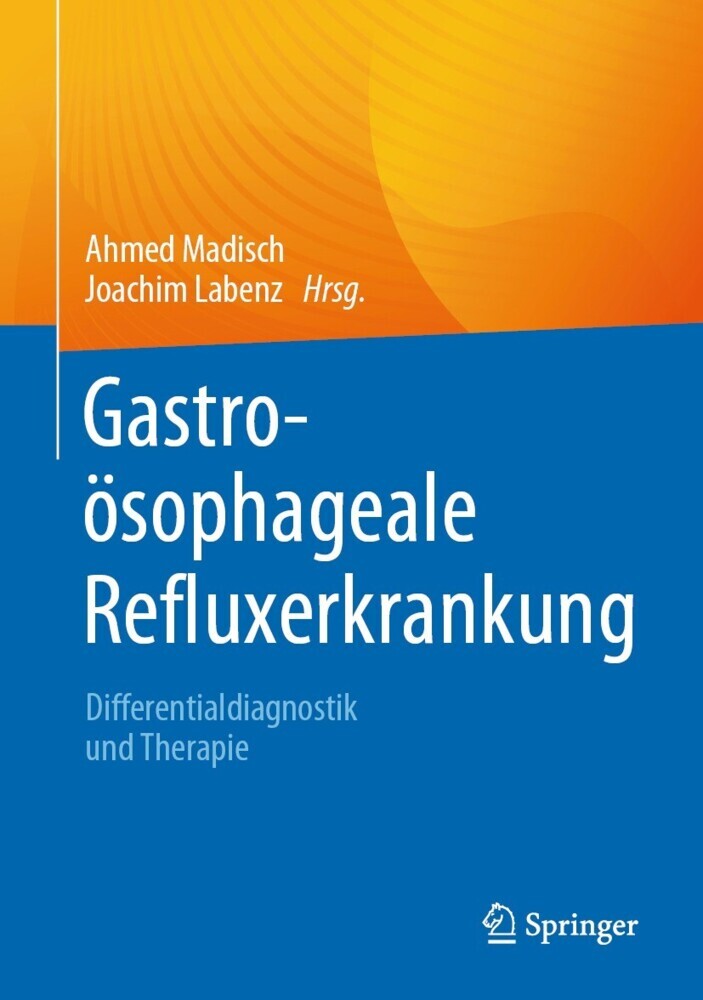An Introduction to Mathematics of Emerging Biomedical Imaging
Biomedical imaging is a fascinating research area to applied mathematicians. Challenging imaging problems arise and they often trigger the investigation of fundamental problems in various branches of mathematics.
This is the first book to highlight the most recent mathematical developments in emerging biomedical imaging techniques. The main focus is on emerging multi-physics and multi-scales imaging approaches. For such promising techniques, it provides the basic mathematical concepts and tools for image reconstruction. Further improvements in these exciting imaging techniques require continued research in the mathematical sciences, a field that has contributed greatly to biomedical imaging and will continue to do so.
The volume is suitable for a graduate-level course in applied mathematics and helps prepare the reader for a deeper understanding of research areas in biomedical imaging.
Habib Ammari (born in June 1969) received the B.S., M.S., and Ph.D. degrees in mathematics from École Polytechnique Palaiseau in 1992, 1993, and 1995, respectively, and the Habilitation Degree from Université Pierre et Marie Curie (Paris 6), in 1999. He is currently Director of Research at the French Center of Scientific Research (CNRS). His current research interests include biomedical imaging, electrical impedance tomography, inverse problems, and electromagnetic modelling. He has contributed over 100 peer-reviewed articles and book chapters, authored four books and edited three others. He is serving as an editor of several mathematical journals. Habib Ammari has been invited to more than 30 international conferences. He produced 10 Ph.D. students and served as adviser for 10 post-docs.
1;Preface;6 2;Contents;7 3;Introduction;11 4;1 Biomedical Imaging Modalities;13 4.1;1.1 X-Ray Imaging and Computed Tomography;13 4.2;1.2 Magnetic Resonance Imaging;14 4.3;1.3 Electrical Impedance Tomography;15 4.4;1.4 T-Scan Electrical Impedance Imaging System for Anomaly Detection;17 4.5;1.5 Electrical and Magnetic Source Imaging;17 4.6;1.6 Magnetic Resonance Electrical Impedance Tomography;19 4.7;1.7 Impediography;20 4.8;1.8 Ultrasound Imaging;21 4.9;1.9 Microwave Imaging;22 4.10;1.10 Elastic Imaging;22 4.11;1.11 Magnetic Resonance Elastography;22 4.12;1.12 Optical Tomography;23 5;Part I Mathematical Tools;25 5.1;2 Preliminaries;27 5.1.1;2.1 Special Functions;27 5.1.2;2.2 Sobolev Spaces;30 5.1.3;2.3 Fourier Analysis;31 5.1.4;2.4 The Two-Dimensional Radon Transform;35 5.1.5;2.5 The Moore-Penrose Generalized Inverse;38 5.1.6;2.6 Singular Value Decomposition;38 5.1.7;2.7 Compact Operators;39 5.1.8;2.8 Regularization of Ill-Posed Problems;40 5.1.9;2.9 General Image Characteristics;45 5.1.10;Bibliography and Discussion;51 5.2;3 Layer Potential Techniques;53 5.2.1;3.1 The Laplace Equation;54 5.2.2;3.2 Helmholtz Equation;72 5.2.3;3.3 Static Elasticity;80 5.2.4;3.4 Dynamic Elasticity;90 5.2.5;3.5 Modi.ed Stokes System;94 5.2.6;Bibliography and Discussion;102 6;Part II General Reconstruction Algorithms;104 6.1;4 Tomographic Imaging with Non-Diffracting Sources;105 6.1.1;4.1 Imaging Equations of CT and MRI;105 6.1.2;4.2 General Issues of Image Reconstruction;107 6.1.3;4.3 Reconstruction from Fourier Transform Samples;108 6.1.4;4.4 Reconstruction from Radon Transform Samples;111 6.1.5;Bibliography and Discussion;116 6.2;5 Tomographic Imaging with Diffracting Sources;117 6.2.1;5.1 Electrical Impedance Tomography;117 6.2.2;5.2 Ultrasound and Microwave Tomographies;122 6.2.3;Bibliography and Discussion;125 6.3;6 Biomagnetic Source Imaging;127 6.3.1;6.1 Mathematical Models;128 6.3.2;6.2 The Inverse EEG Problem;130 6.3.3;6.3 The Spherical Model in MEG;131 6.3.4;Bibliography and Discussion;132 7;Part III Anomaly Detection Algorithms;135 7.1;7 Small Volume Expansions;137 7.1.1;7.1 Conductivity Problem;138 7.1.2;7.2 Helmholtz Equation;142 7.1.3;7.3 Static Elasticity;144 7.1.4;7.4 Dynamic Elasticity;150 7.1.5;7.5 Modified Stokes System;150 7.1.6;7.6 Nearly Incompressible Bodies;151 7.1.7;7.7 Diffusion Equation;157 7.1.8;Bibliography and Discussion;158 7.2;8 Imaging Techniques;161 7.2.1;8.1 Projection Type Algorithms;161 7.2.2;8.2 Multiple Signal Classification Type Algorithms;162 7.2.3;8.3 Time-Domain Imaging;166 7.2.4;Bibliography and Discussion;174 8;Part IV Hybrid Imaging Techniques;178 8.1;9 Magnetic Resonance Electrical Impedance Tomography;179 8.1.1;9.1 Mathematical Model;180 8.1.2;9.2 J-Substitution Algorithm;182 8.1.3;9.3 The Harmonic Algorithm;184 8.1.4;Bibliography and Discussion;185 8.2;10 Impediography;187 8.2.1;10.1 Physical Model;187 8.2.2;10.2 Mathematical Model;188 8.2.3;10.3 E-Substitution Algorithm;190 8.2.4;Bibliography and Discussion;192 8.3;11 Magnetic Resonance Elastography;193 8.3.1;11.1 Mathematical Model;193 8.3.2;11.2 Binary Level Set Algorithm;195 8.3.3;Bibliography and Discussion;196 9;References;199 10;Index;207
Ammari, Habib
| ISBN | 9783540795537 |
|---|---|
| Artikelnummer | 9783540795537 |
| Medientyp | E-Book - PDF |
| Auflage | 2. Aufl. |
| Copyrightjahr | 2008 |
| Verlag | Springer-Verlag |
| Umfang | 198 Seiten |
| Sprache | Englisch |
| Kopierschutz | Digitales Wasserzeichen |

